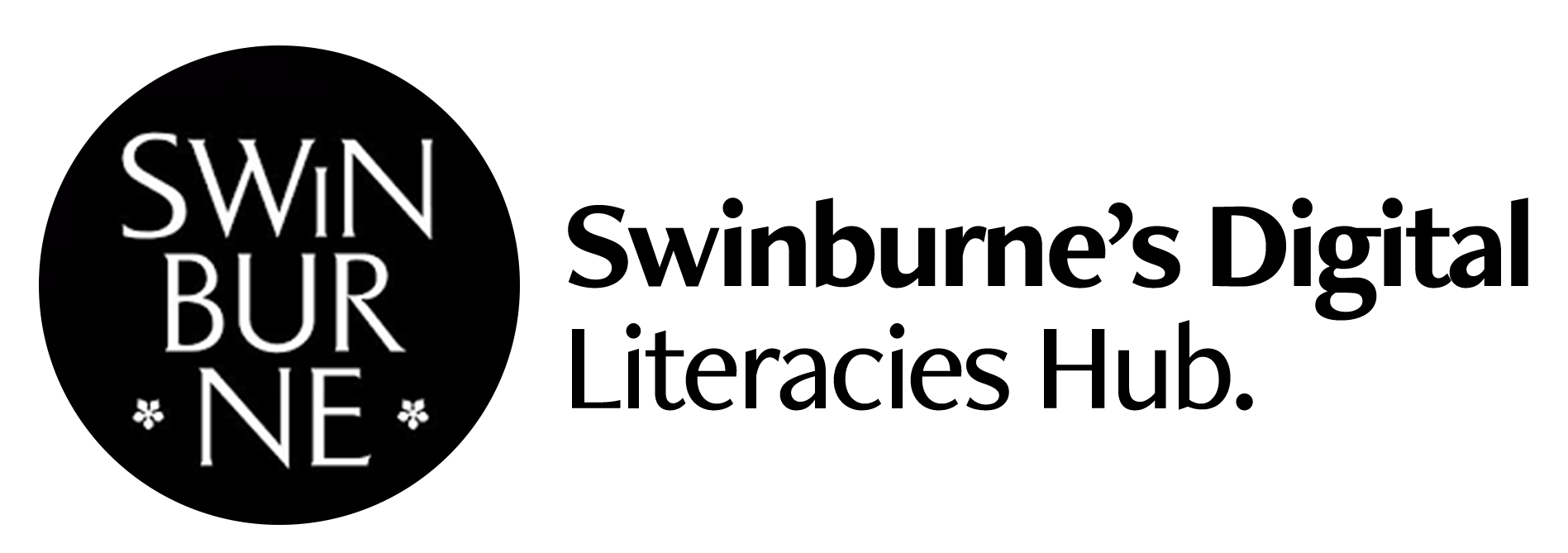Media and Communication
Enhancing digital literacy through the use of video essays as an assessment
Liam Burke
Department of Media and Communications
Department of Media and Communications
Gaining millions of views on websites such as YouTube and Vimeo, video essays are an important part of contemporary screen culture. Video essays are also becoming more commonplace at universities. Video essays provide students with a unique opportunity to develop digital literacies alongside traditional research and writing skills. Despite the enthusiasm for video essays as assessments, many institutions do not provide students with adequate resources to produce video essays. This project provides students with the resources and instruction necessary to use the Adobe Creative Suite to produce portfolio-ready video essay via a a portable Canvas Video Essay Module.
Resources
These resources can be downloaded here and include:
1. Project Instructions - The Future of Cinema
2. Project Instructions - Genre and Auteur Theory
3. Assessment - The Future of Cinema
4. Assessment - Genre and Auteur Theory
5. Canvas Module
Findings
A video essay uses the language of film to advance an argument. Video essays require the research, analytical, and writing skills of a traditional essay, as well as expertise in video and audio production. Video Essays are a frequent form of assessment in film studies and we wanted to be able to introduce them to the units in Swinburne’s Cinema & Screen Studies major. The problem was how to ensure that students had the skills necessary to produce video essays, particularly in those units that did not have production focus.
To ensure that each student had basic instruction in video essays we sought to create a multi-part Canvas module that develops students’ skills in the creation of and appraisal of video essays. This module is intended to be a core component for a number of Cinema and Screen Studies units, and will also be made available to related disciplines such as Writing, Games and Interactivity, and Media Industries.
We created the Canvas module to have multiple pages, such as Planning Your Video Essay, Recording Narration, and Finishing your Video Essay. These pages provided the key steps and resources needed in the creation of Video Essays. The modules were then added to two Cinema & Screen Studies units during our pilot semester: a first-year unit, where it was an optional alternative to the traditional end-of-semester essay, and a third-year unit, where it was a required group assignment. The intention was to see how the module would perform in this first delivery ahead of refinement and wider dissemination in Semester Two. Feedback was sough via a student survey to aid in the redevelopment of the module.
A video essay requires students to source, ingest, and edit a wide array of content, while recording new video and audio. Thus, this project provided students with opportunities to develop and utilise technology literacy, in particular the tools in the Adobe Creative Suite such as Audition and Premier Pro. Furthermore, as video essays combine existing materials and scholarly research, students also demonstrated information literacy in sourcing these materials from the digital world. Finally, critical literacy was developed through their engagement with key scholarly concepts in their video essays such as authorship, montage, and the ontology of the photographic image.
Learnings
In developing and piloting the video essay module we became more aware of the different levels of digital fluency of our students, and how our resources and assessments needed to have the flexibility to accommodate these different competences, while also building their skills. We also embraced cross-unit sharing of teaching resources, which necessitated building a standardised resource that could then be modified unit-by-unit. Following feedback from students, it became clear that video essays are a valuable assessment for, and that in many cases students just need the resources provided by our module to be able to produce these innovative assessments.
